Scope 3 Emissions Definition
What are Scope 3 emissions?
Greenhouse gas emissions are categorised into three groups (or "Scopes") by the Greenhouse Gas Protocol (GHGP). The GHGP standard has been adopted by several influential organisations such as the CDP (formerly Carbon Disclosure Project). As such, the terminology is being quickly adopted into sustainability and environmental social governance (ESG) business circles.
| Category | Emissions |
Scope 1 |
|
Scope 2 |
|
Scope 3 |
|
It is important to recognise that your Scope 3 emissions include your suppliers' Scope 1, 2 and 3 emissions and are out of your organisation's direct control. As such, it is important to understand all three groups of emissions when leading a Scope 3 emissions measurement or reduction initiative.
Within CPG, Scope 3 emissions typically account for 95% of the company's overall footprint, of which the supply chain emissions account for around 80%. Therefore, tackling Scope 3 supply chain emissions by collaborating with suppliers is one of the main ways a business can reduce its negative environmental impact.
| An example from industry |
|
Nestlé's total GHG emissions by scope illustrate the significance of Scope 3 emissions for consumer packaged goods (CPG) businesses.
|
Scope 1, 2 and 3 emissions diagram
Greenhouse gases (GHG) are the gases that are contributing to global warming and climate change. Parties to the United Nations Framework Convention on Climate Change (UNFCCC) agreed to curb the emission of these gases as part of the Kyoto Protocol in 1997.
GHGP have produced one of the most widely used diagrams to illustrate the different emission and their scopes. Importantly it highlights that Scope 3 extends both "upstream" within the supply chain and "downstream" to the reporting organisation's customers.
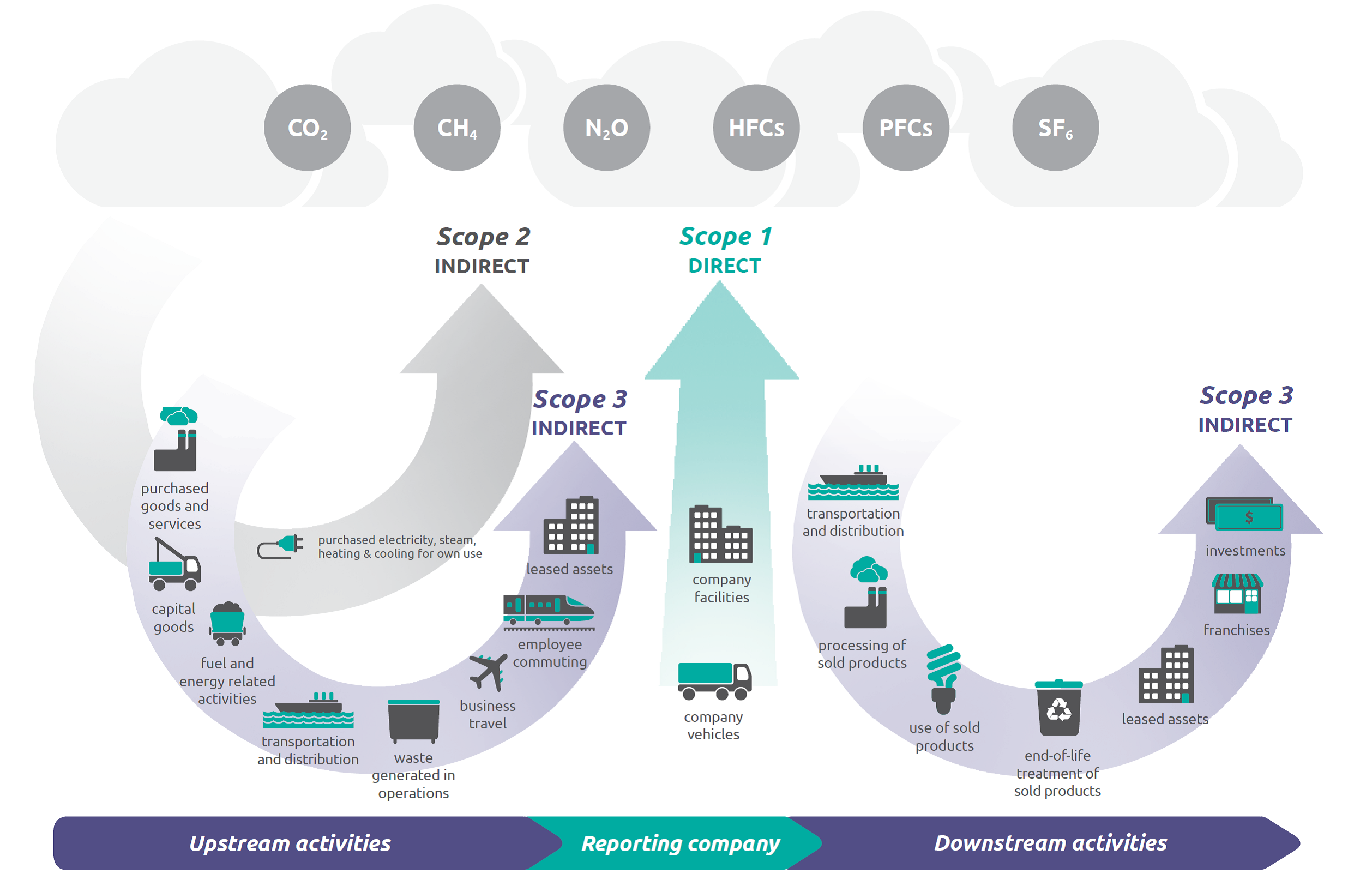
Source: GHG Protocol Corporate Value Chain (Scope 3) Accounting and Reporting Standard
Scope 3 Emissions Categories
Scope 3 emissions are categorised by the GHG Protocol into 15 Scope 3 categories:
Upstream
- Category 1 - Purchased goods and services
- Category 2 - Capital goods
- Category 3 - Fuel- and energy-related activities (not included in Scope 1 or Scope 2)
- Category 4 - Upstream transportation and distribution
- Category 5 - Waste generated in operations
- Category 6 - Business travel
- Category 7 - Employee community
- Category 8 - Upstream leased assets
Downstream
- Category 9 - Downstream transportation and distribution
- Category 10 - Processing of sold products
- Category 11 - Use of sold products
- Category 12 -End-of-life treatment of sold products
- Category 13 - Downstream leased assets
- Category 14 - Franchises
- Category 15 - Investments
| An example from industry |
|
BASF's Scope 3 Inventory illustrates that Category 1 Purchased Goods and Services emissions produced by your suppliers manufacturing your product commonly are the largest source of Scope 3 emissions. |
What are Scope 3 supply chain emissions?
Your Scope 3 supply chain emissions are typically the combination of your Category 1 Purchased Goods and Services, and Category 4 Upstream Transport and Distribution. These upstream emissions are sometimes called "cradle-to-gate" and differ in profile by industry.
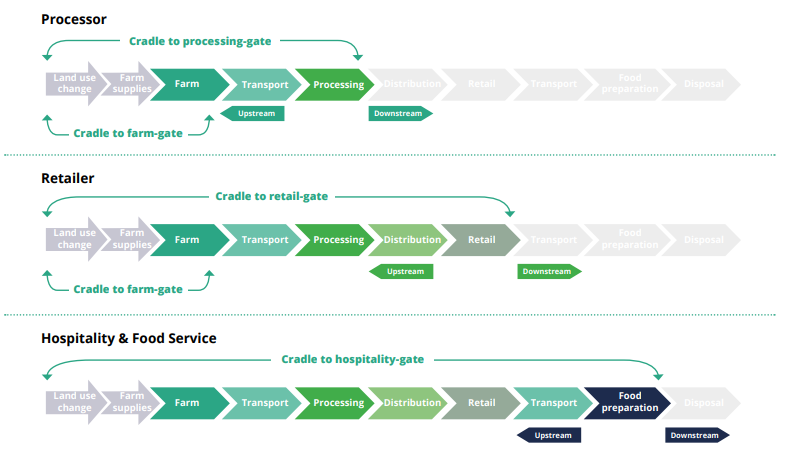
Source: Courtauld 2030 Scope 3 GHG Measurement and Reporting Protocols for Food and Drink
Scope 3 supply chain emissions can be the most difficult to measure and reduce due to the complexity and scale of the modern supply chain. For example, the typical consumer packaged goods (CPG) supply chain has between 100 and 10,000 companies within its supply chain. In theory, accurately measuring your Scope 3 emissions would mean collecting data from all of these businesses on an annual basis.
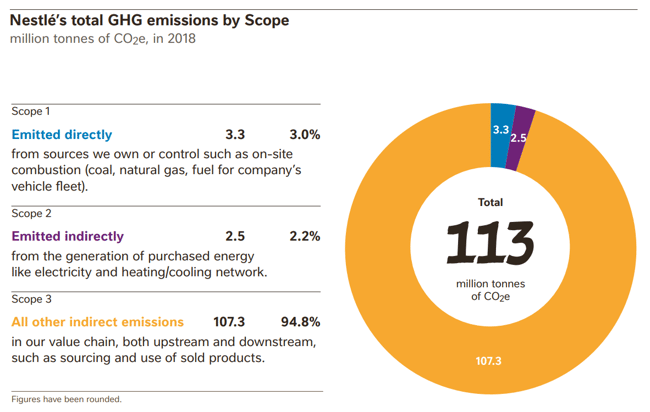
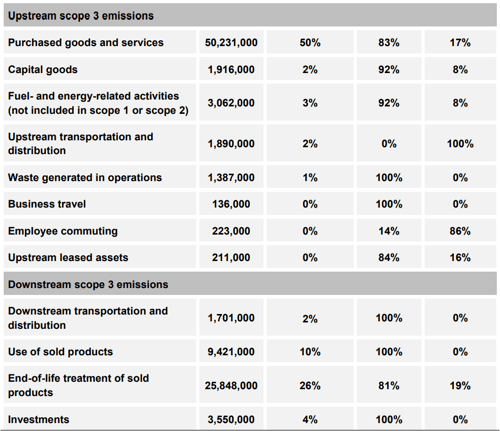
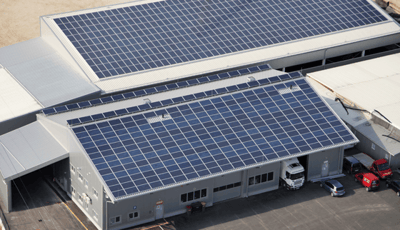

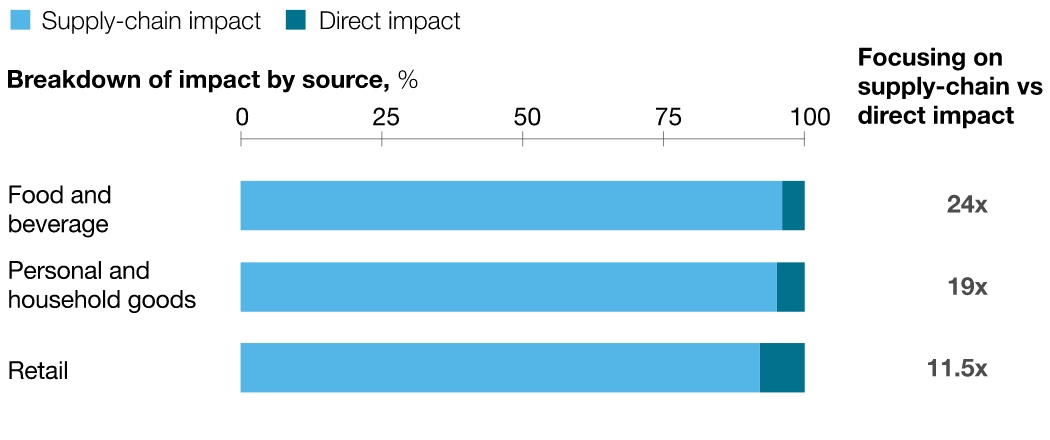
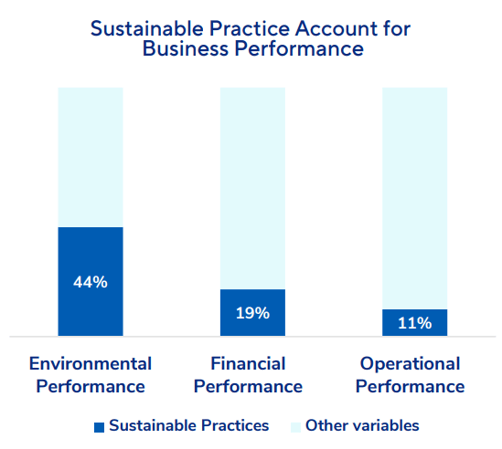
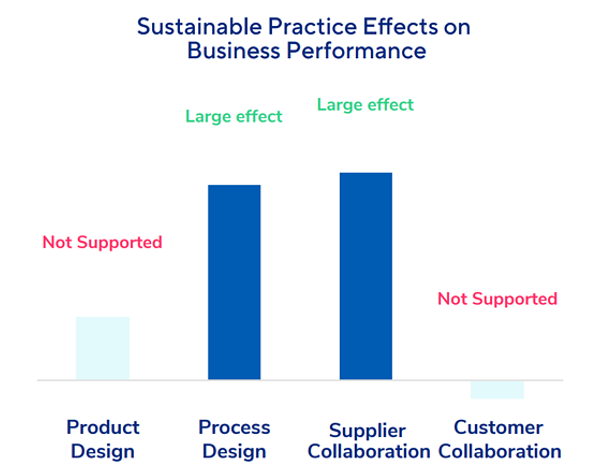
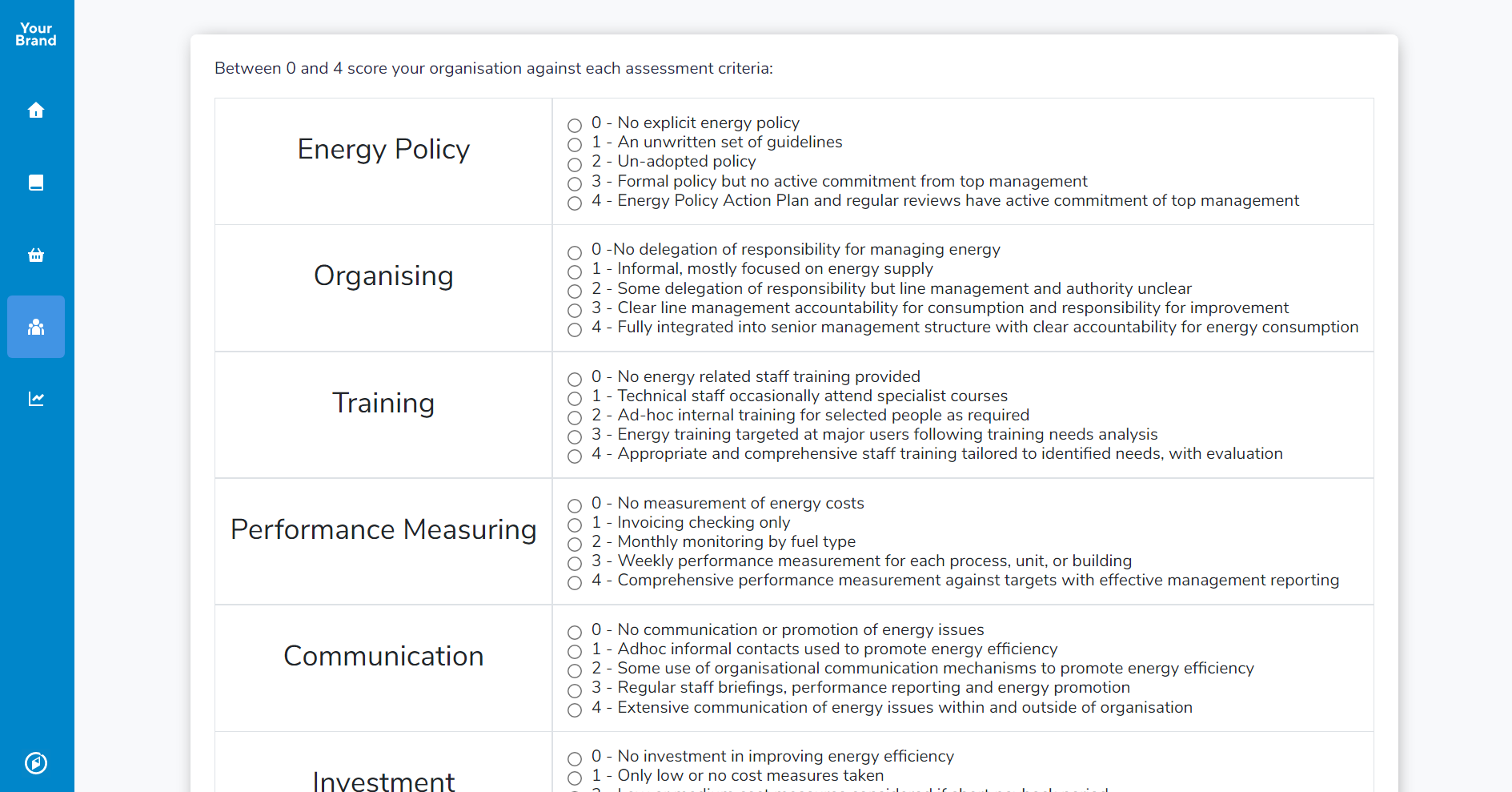
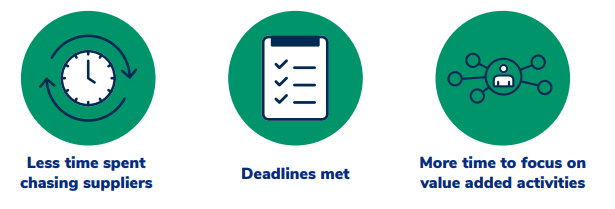 Source:
Source: 